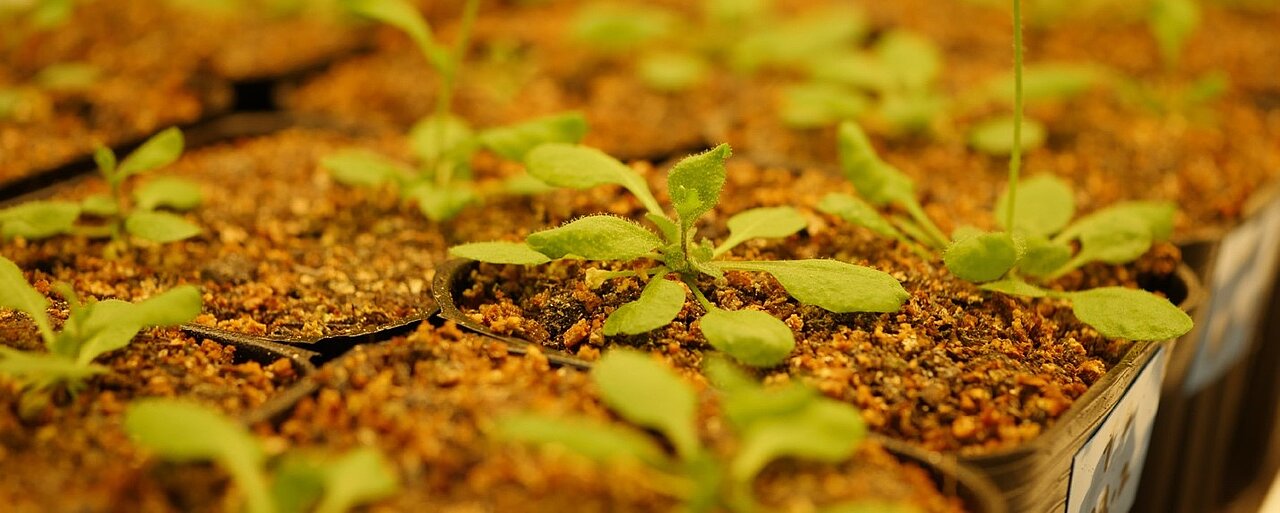
The research in the Frommer-Nakamura group at ITbM works in three areas: (i) Engineering of genetically encoded biosensors and sponges for in vivo biochemistry, (ii) Characterization of the determinants of interactions between small molecules and transporters to help identifying novel drugs and agrochemicals, and (iii) Chemical genomics and imaging of processes related to cellular growth and dynamics (Cytoskeleton and Cell Polarity)
In vivo biochemistry: Protein engineering and the development of biosensors
There is a need for tools that enable near real time quantitation of biochemical and biophysical processes in living organisms that at the same time provide highly resolved spatial information. The Frommer group has extensive experience in the engineering and use of genetically encoded biosensors for quantitation of the dynamics of small molecules. Frommer’s ITbM group will systematically engineer sensors for important molecules as well as for biophysical processes. Furthermore, to understand the spatiotemporal signaling networks composed of metabolites, we aim to develop tools to manipulate the dynamics of metabolites by applying the same methods and synthetic approaches.
Transporter-Substrate-Inhibitor interactions
Research in the area aims at a better understand of how transporters recognize their substrates, knowledge that we want to use, in combination with high throughput screening of chemical libraries, to create novel inhibitors and potentially new drugs and agrochemicals. The projects in this area based on the experience of the Frommer groups in identifying many of the key transporters for small molecules in plants. Through collaborative research with other groups within ITbM and the use of the research center equipped with the advanced instrumentation, we expect to identify new synthetic compound-targeted membrane transporter proteins and isolate molecules that can be applied to agricultural research.
Cytoskeletal organization: Elucidating relationship between plant microtubules and environmental stimuli
Controlling the direction of cell expansion is one of the key aspects of environmental and developmental signaling responses in plants. The direction of cell expansion largely relies on the microtubule network just beneath the plasma membrane. These cortical microtubules are dynamic and their organization is rearranged by a wide range of signals such as gravity, mechanical stress and light, but the molecular mechanism that carry out these signal transmissions and microtubule array rearrangement are poorly understood. In this area, to tackle the linking question between plant physiology and cell biology, chemical genomics and live cell imaging will be performed in collaboration with the ITbM Chemical Library Center and the Molecular Structure Center.
Cell Polarity
In plants, morphogenesis and functionalization of the organs require cell polarity along the body axes. In the root cells, many proteins such as transporters and kinases are polarly distributed in the plasma membrane for the directional transport of solutes and asymmetric activation of substrate proteins, respectively. However, molecular mechanisms underlying cell polarization have not been elucidated in plants. In this study, we will identify key proteins involved in the cell polarization machinery by multiple approaches including chemical genetics and polarity proteomics (polaritomics).


